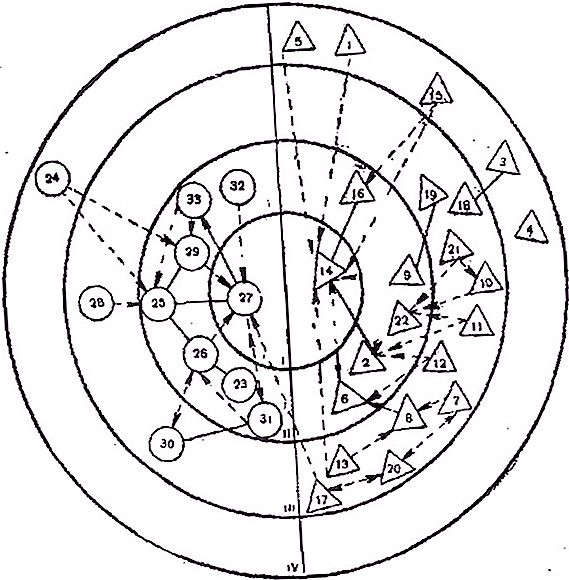Sociometry studies the quantitative indicators of interpersonal relationships and presents, at the output, very interesting data on the relationships in the group. The founder of this method is Jacob Moreno.

To identify preferences in a group, you need to ask at least two questions: "Which of your group, class, team would you constantly like to be together (at work, study)?" And the second question: "With which of your group, class, team would you not like to be constantly together (at work, study)?"
Based on these questions asked to all members of the established team, one can judge who occupies a leading position in the hierarchy, who is an outsider, etc. Often, two more are added to these questions: "Which of your team would you invite for your birthday?" And the second question: "Which of your team would you not invite to your birthday?"
If the first pair of questions assesses preferences in the field of working relationships, the second pair allows you to evaluate personal preferences in the team.
What do we get as a result of such studies? Firstly, after processing the results, we get a diagram in the form of several concentric circles, which shows all the members of the team in accordance with the number of preferences that they received. In the center are those who received the largest number of elections, that is, the most popular, along the edges are those who are most rejected.
Secondly, in addition to leaders, formal and informal, we can distinguish groups of those who communicate most closely in this team. Usually in large groups (school classes, institute groups) several microgroups of 3-5 people stand out. Since the microgroups themselves are oriented towards their leaders, it is easy to identify the common features and orientation of the microgroup if we know their leader. This can be useful in psychological work to correct the adverse factors of interpersonal communication in a team. Outsiders and the most rejected team members also require a separate approach.
Thirdly, modern sociometric data processing programs make it possible to evaluate several characteristics of a group at once. This is cohesion, conflict and other indicators of the group, by which you can already compare different teams and predict, for example, success in competitions, where the result depends on the overall coherence of the group.
